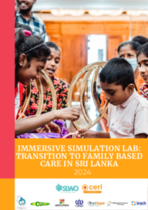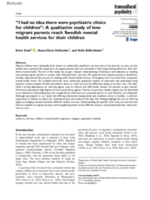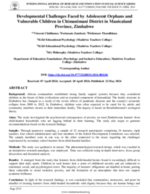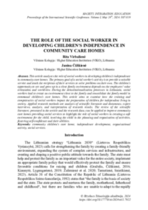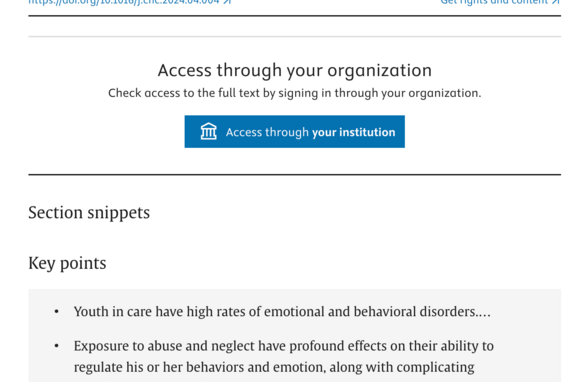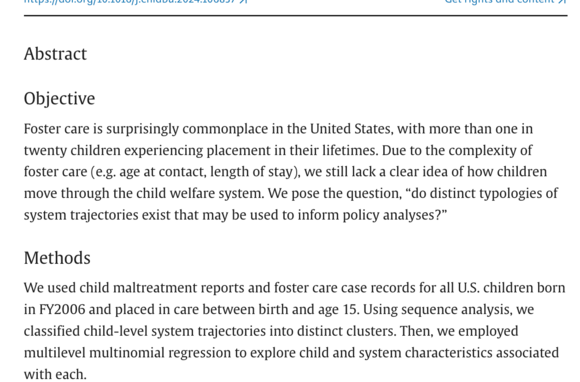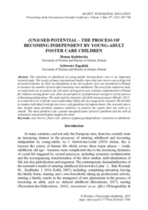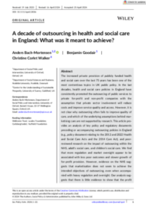Immersive Simulation Lab in Sri Lanka: Transition to Family-based Care in Sri Lanka 2024
On March 20, 2024, an immersive simulation lab event took place in Sri Lanka. Child protection allies from the Western Province of Sri Lanka gathered for a hands-on experience aimed at transitioning from a system reliant on child care institutions to one focused on promoting family-based care and strengthening family initiatives.

